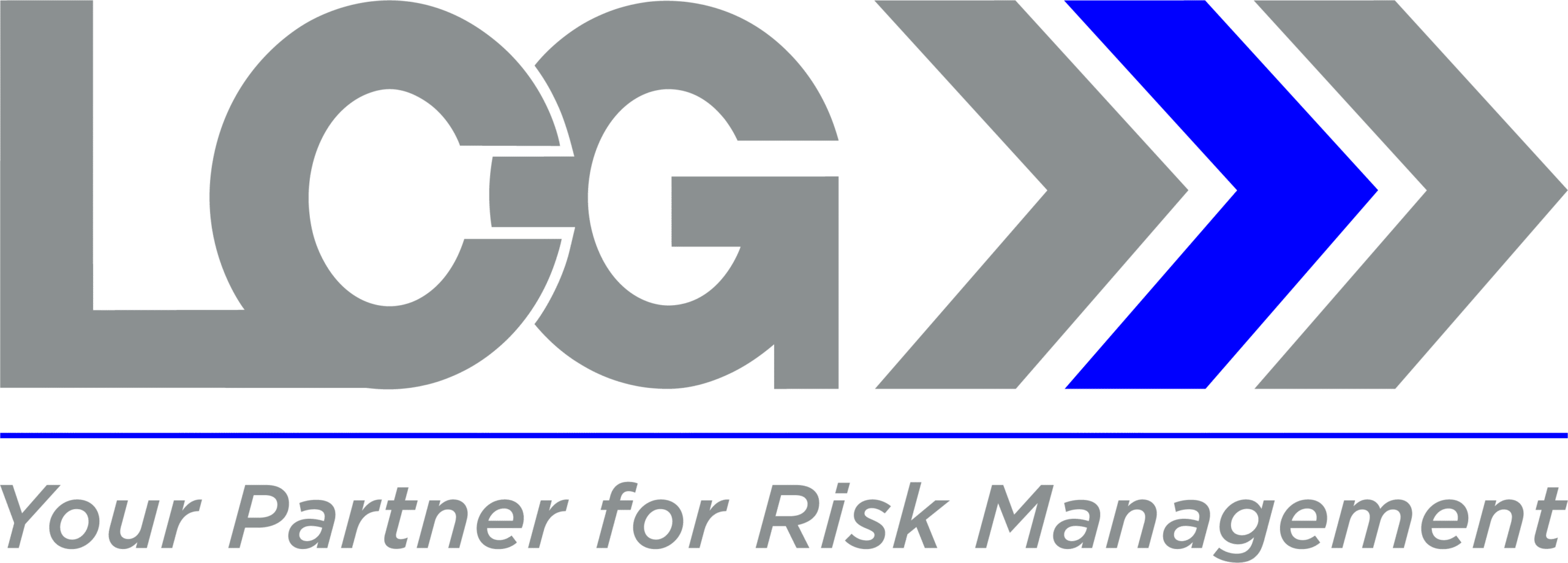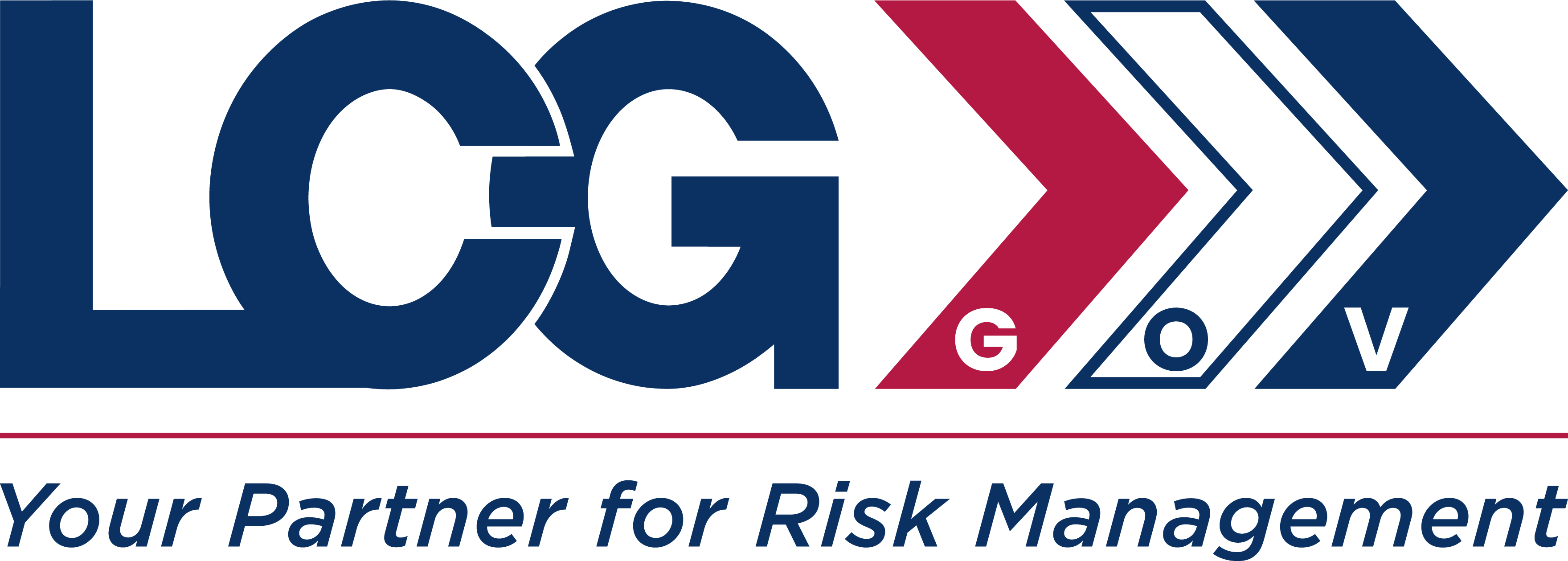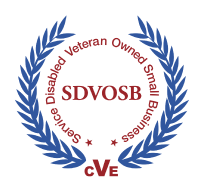In today’s interconnected world, a broad spectrum of digital services is available to help organizations navigate an environment rich with complexity. Offerings such as digital forensics, eDiscovery, cybersecurity, and IT infrastructure improvements appear specialized and distinct at first glance. Coupled with emerging capabilities in artificial intelligence (AI), robotic process automation (RPA), and digital transformation initiatives, it might seem as though these solutions operate in separate silos, each addressing a unique aspect of technological advancement.
Yet, one overarching principle ties all these efforts together: risk management. Whether examining sensitive digital evidence, securing a government agency’s IT infrastructure, or deploying AI-driven analytics, the consistent purpose behind these initiatives is to identify, mitigate, and manage risks. By recognizing that risk management is the common thread, organizations can strategically integrate services to create an environment of resilience, trust, and sustained growth.
Understanding Risk Management as a Foundational Element
Risk management is not merely about avoiding negative outcomes. According to the International Organization for Standardization (ISO), effective risk management frameworks—such as ISO 31000:2018—focus on helping organizations anticipate, understand, and respond to uncertainty in a way that bolsters their capacity to achieve objectives (ISO, 2018). In this sense, risk management forms the backbone of decision-making and guides investments in technology, processes, and people.
In the public sector, frameworks like the NIST Cybersecurity Framework (NIST, 2018) and NIST Special Publication 800-171 (NIST, 2016) emphasize that risk management encompasses everything from defending against cybersecurity threats to ensuring the integrity of digital evidence. By embedding risk considerations into all digital services—from digital forensics to RPA—agencies and organizations establish a robust structure that helps maintain operational continuity, ensure compliance, and safeguard valuable data and infrastructure.
Digital Forensics and Evidence Management: Mitigating Legal and Compliance Risks
Digital forensics, evidence collection, and preservation are critical services offered by specialists in the public sector and beyond. These services aim to collect, analyze, and maintain the integrity of digital data such as emails, documents, multimedia, and network logs. Ensuring that evidence remains defensible and credible is paramount in legal investigations and regulatory inquiries.
For instance, organizations that handle sensitive data must follow strict protocols. The Scientific Working Group on Digital Evidence (SWGDE) publishes best practices and standards to maintain the reliability of digital forensic processes (SWGDE, 2021). By adhering to such guidelines, forensic experts reduce the risk of legal challenges and evidentiary disputes. Maintaining strict chain-of-custody procedures, employing cutting-edge forensic tools, and applying meticulous quality control measures all serve to mitigate the risk of evidence tampering or data corruption.
In practice, a government agency might use digital forensics services—like those described at www.lcg-gov.us—to investigate a cybersecurity incident without compromising the integrity of collected data. By thoroughly documenting each step and applying standardized methodologies, the agency manages and minimizes legal, reputational, and compliance risks.
Cybersecurity Response and IT Infrastructure Management: Shielding Against Threats
Cybersecurity threats—from ransomware attacks to unauthorized network intrusions—pose severe operational and reputational hazards. The damage from a single breach can lead to extensive financial losses, damage to public trust, and even compromise of critical infrastructure. By focusing on cybersecurity and IT infrastructure management services, organizations can better anticipate and neutralize these threats before they escalate.
Risk management in cybersecurity involves proactive threat intelligence, continuous monitoring, timely incident response, and detailed post-incident investigations. The National Institute of Standards and Technology (NIST) Cybersecurity Framework encourages organizations to identify, protect, detect, respond, and recover—forming a continuous cycle of risk assessment and mitigation (NIST, 2018).
IT infrastructure services, which include designing and implementing secure systems and updating legacy architectures, directly support these aims. Modernized, scalable infrastructure and robust security controls reduce vulnerabilities and ensure that systems remain resilient even when faced with evolving threat landscapes. For example, a state or local government entity can employ such services to ensure regulatory compliance (e.g., with CJIS standards for law enforcement data or HIPAA for healthcare information) and protect vital data, thereby reducing the risk of data breaches or compliance failures.
eDiscovery and Regulatory Compliance: Ensuring Defensible Data Practices
Electronic Discovery (eDiscovery) involves identifying, collecting, reviewing, and producing electronically stored information (ESI) in legal or investigative contexts. Poorly managed eDiscovery can lead to critical oversights, such as producing privileged documents by mistake or failing to find key evidence that might defend an organization’s interests. These oversights present substantial legal and financial risks, including sanctions, adverse judgments, or reputational harm.
By instituting defensible eDiscovery processes—such as those advised by the Sedona Conference standards (The Sedona Conference, 2019)—organizations can ensure that data identification and production occur within a structured, risk-aware framework. Proper use of legal hold processes, secure data storage, metadata preservation, and verification steps reduce the risk of losing critical evidence and allow organizations to comply with legal obligations confidently.
Risk/Threat Management, Compliance, and Cybersecurity: Holistic Protective Measures
Risk management extends beyond a single service. For government clients, threat management and compliance strategies address a broad range of vulnerabilities—physical security risks, insider threats, supply chain vulnerabilities, and more. Policies, training, and audits help mitigate these risks. By consistently aligning services like digital forensics, cybersecurity, and infrastructure management with recognized standards—such as NIST SP 800-53 for security controls or ISO/IEC 27001 for information security management—organizations create an integrated defense system.
Such an approach supports not only defensive measures but also resilience. For example, after a serious incident—like a ransomware attack—organizations need both technical investigation (digital forensics and incident response) and forward-looking strategies (risk/threat assessments, updated compliance policies) to prevent recurrence.
Digital Transformation: AI-Driven Analytics, Cloud Migration, and Process Automation as Risk Management Tools
Digital transformation involves modernizing legacy systems, migrating workloads to the cloud, and embracing data analytics to gain actionable insights. When executed with a risk management mindset, digital transformation ensures that technological advancement doesn’t outpace governance, ethics, or compliance.
AI-driven analytics can help detect anomalies in user behavior or unusual data patterns that might indicate fraud, insider threats, or security breaches (Brundage et al., 2018). By integrating AI into security operations, organizations gain predictive capabilities that enhance risk mitigation. Similarly, RPA can automate repetitive tasks that are prone to human error, such as file classification or compliance checks, reducing the risk associated with manual handling of sensitive data.
According to ISACA’s risk management research, embedding emerging technologies into workflows must be accompanied by robust controls, training, and oversight to mitigate potential harms (ISACA, 2019). When done correctly, these technologies become force multipliers for risk management, improving both efficiency and security.
For example, consider a government agency transitioning to a cloud-based platform for critical data storage. Adopting AI and RPA solutions can streamline data analysis and accelerate response times to potential threats. By automating certain compliance checks—such as ensuring documents meet regulatory criteria—the agency reduces the risk of human oversight while increasing operational speed and accuracy.
Evidence Collection and Preservation: Defensibility from Start to Finish
Risk doesn’t cease to be relevant after data collection. Preserving evidence across a large portfolio of digital assets—be it emails, log files, or documents—is essential in high-stakes scenarios such as large-scale investigations. Strict chain-of-custody protocols, documented handling procedures, and the use of advanced forensic tools minimize the risk of legal challenges alleging mishandling or contamination of evidence.
Whether it’s responding to a major infrastructure breach or managing sensitive law enforcement evidence after a crisis, services that prioritize evidence integrity contribute directly to risk management. When an organization must present findings in court or to oversight bodies, having followed industry standards like those from SWGDE or the FBI’s CART certifications (FBI, 2021) helps ensure those findings stand up to scrutiny.
Turning Risk Management into a Catalyst for Growth and Trust
When effectively integrated, risk management doesn’t stifle innovation—it enables it. Rather than reacting to crises, organizations anticipate potential pitfalls and address them proactively. By embedding risk assessments into every phase of digital service implementation—such as initial network architecture design, new AI system deployments, or eDiscovery protocols—leaders foster a culture of preparedness and accountability.
This approach instills confidence across stakeholders. Partners trust that best practices are being followed, customers feel secure that their data and interests are protected, and internal teams operate within a framework that values diligence and responsibility. Over time, this reputation for reliability can translate into competitive advantages, encouraging stakeholders to engage more deeply and confidently.
Real-World Standards and References for Effective Risk Management
- ISO 31000:2018 (Risk Management – Guidelines): Provides a widely accepted framework for creating and implementing risk management processes (ISO, 2018).
- NIST Cybersecurity Framework: Offers guidance on identifying, protecting, detecting, responding to, and recovering from cybersecurity incidents. Aligning services with this framework ensures comprehensive risk mitigation (NIST, 2018).
- SWGDE Best Practices: The Scientific Working Group on Digital Evidence develops standards and best practices that ensure digital forensic processes yield credible and legally defensible results (SWGDE, 2021).
- Sedona Conference on eDiscovery: The Sedona Principles guide legal practitioners in conducting efficient, effective, and defensible electronic discovery. Following these guidelines lowers legal risks and improves outcomes (The Sedona Conference, 2019).
- ISACA Risk IT Framework: Provides principles for integrating risk management into IT governance and operations, offering insights that help organizations navigate emerging technologies like AI and RPA responsibly (ISACA, 2019).
Conclusion: Risk Management as the Unifying Framework
In a digital ecosystem that includes everything from advanced digital forensics and eDiscovery to comprehensive IT infrastructure management, AI-driven analytics, and RPA, risk management emerges as the unifying purpose that transcends service categories. Far from limiting innovation, it empowers organizations to make strategic, well-informed decisions that enhance security, compliance, and performance.
By aligning all services—such as those found at www.lcg-gov.us—with established industry frameworks and standards, and by continuously evaluating the evolving risk landscape, organizations ensure that new technologies, processes, and policies work in synergy. The result is not just a portfolio of disconnected digital capabilities, but a coherent, risk-aware environment where growth, trust, and long-term stability flourish.
References:
- Brundage, M., Avin, S., Clark, J., et al. (2018). The Malicious Use of Artificial Intelligence: Forecasting, Prevention, and Mitigation. Available at: https://maliciousaireport.com/
- FBI. (2021). FBI CART (Computer Analysis and Response Team) Information. [Accessed resource about FBI CART standards]
- ISACA. (2019). Risk IT Framework. ISACA. Available at: https://www.isaca.org/resources
- ISO. (2018). ISO 31000:2018 Risk management – Guidelines. ISO. Available at: https://www.iso.org/standard/65694.html
- NIST. (2016). NIST SP 800-171 Protecting Controlled Unclassified Information in Nonfederal Systems and Organizations. Available at: https://csrc.nist.gov/publications/detail/sp/800-171/rev-2/final
- NIST. (2018). Framework for Improving Critical Infrastructure Cybersecurity. Available at: https://www.nist.gov/cyberframework
- SWGDE. (2021). SWGDE Publications and Best Practices. Available at: https://www.swgde.org/
- The Sedona Conference. (2019). The Sedona Principles (Third Edition). Available at: https://thesedonaconference.org/download-pub/5334
Note: FBI CART reference is conceptual; specifics may be found on the FBI’s official website or related forensic guidelines.






